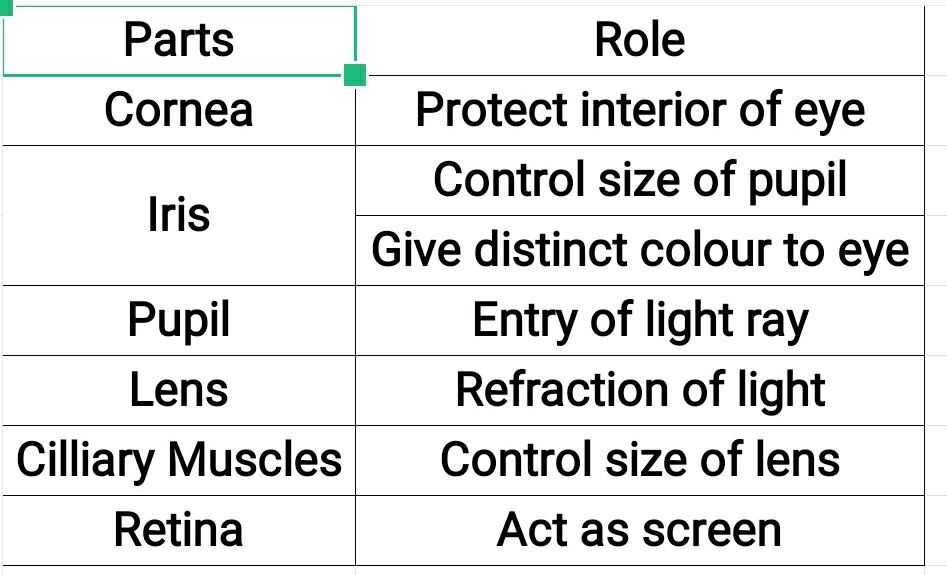Reproduction in Animals NCERT Science Class 8 Chapter 9 Summary Note
Reproduction in Animals
·
Reproduction (Re+Production)
Production of
living being of own kind, is called reproduction.
·
Importance of reproduction
Reproduction
ensures continuation of similar kinds of individuals, generation after
generation.
·
Modes of reproduction
(a) Asexual reproduction
(b) Sexual
reproduction
·
Sexual reproductio
Mode of
reproduction where
-Two parents are
involved.
-Formation of gametes
takes place.
-Fusion of male and
female gamete takes place,
Is called sexual
reproduction.
·
Asexual reproduction
Mode of
reproduction where
-Single parent is
involved.
-Formation of gametes
do not takes place.
-Fusion of male and
female gamete do not takes place,
Is called asexual
reproduction.
·
Male reproductive organs-
It consists of – a pair of testes
Two sperm ducts
A penis
·
Testes produces millions of sperms.
·
Sperm- Male gamete
-Very small in size.
-Each sperm is a single cell.
- Each has a head, a middle piece and a
tail.
·
Female reproductive organs
It consists of – a pair of ovaries
-A pair of oviducts/fallopian
tubes
- a uterus
·
Ovary produces single mature egg every months.
·
Egg/ova- Female gamete
-Each egg is a single cell.
·
Uterus-
Part where development of baby
takes place, is called uterus.
·
Fertilisation
The process of fusion of male and
female gamete to form zygote is called fertilization.
Sperm(male gamete) + Egg(female
gamete) --à
Zygote
it takes place in oviduct.
·
Zygote is the beginning of new individual.
·
Types of fertilization
(a) External fertilization
(b) Internal fertilization
·
External fertilization
Fusion of male and female gametes
takes place outside female body.
More number of eggs are produced.
It takes place in aquatic animals.
Zygote survival chance – less.
·
Internal fertilization
Fusion of male and female gametes
take place inside female body.
Only one egg per month is produced.
It takes place in terrestrial
animals.
Zygote survival chance – more.
·
Zygote -à
Embryo à
Foetus à
Baby.
·
Embryo- Zygote developes into embryo.
·
Foetus – Stage of the embryo in which all the
body parts can be identified.
·
Viviparous-
The animals which give birth to
young ones are called viviparous.
Example- Human.
·
Oviparous
The animals which lay eggs are
called oviparous.
Example- Hen.
·
Metamorphosis
The transformation of the larva
into adult through drastic changes, is called metamorphosis.
Larva ----à Adult (Metamorphosis)
·
Asexual reproduction
(a)Budding
(b)Binary fission
·
Budding- Development of new individuals from bud
or bulge.
·
Binary fission – An animal reproduces by
dividing into two individuals.
·
Dolly- First cloned mammal.

Comments
Post a Comment